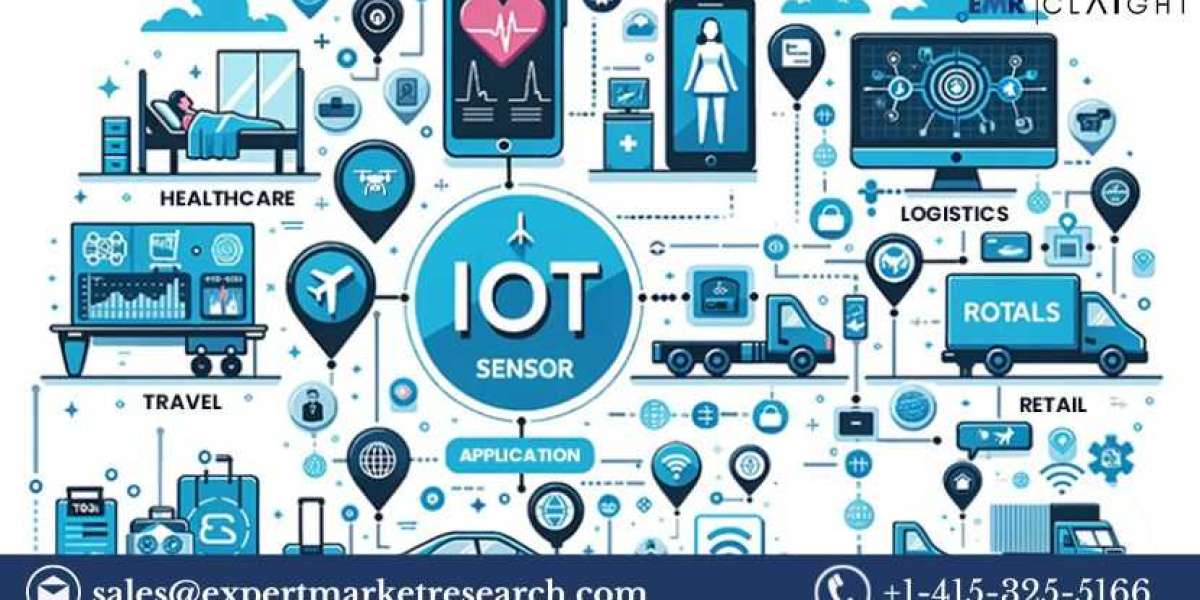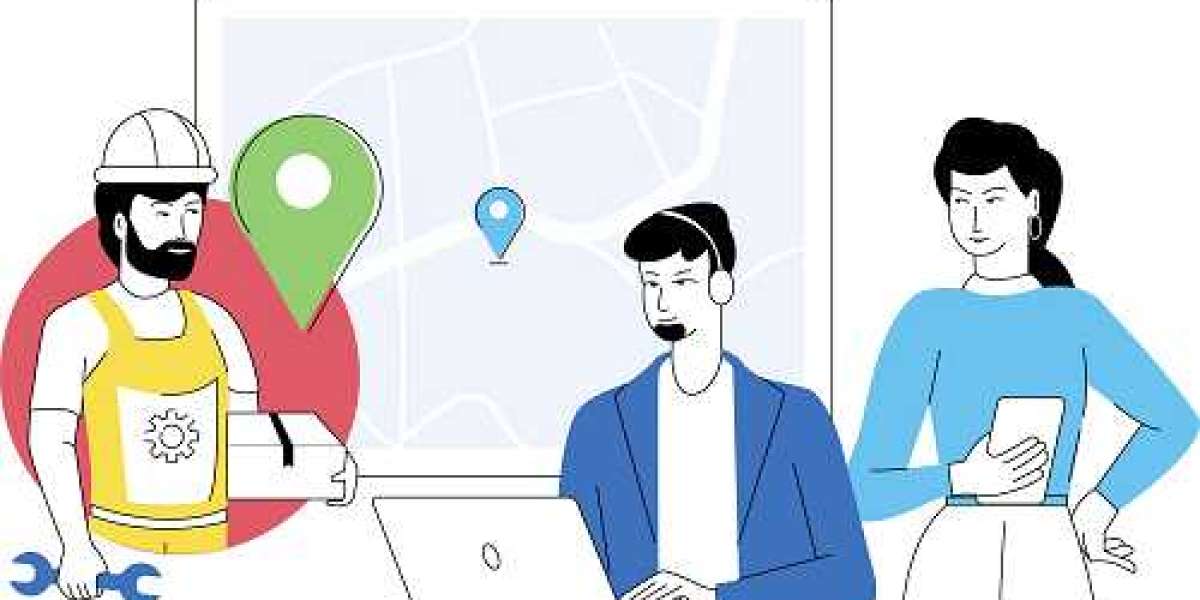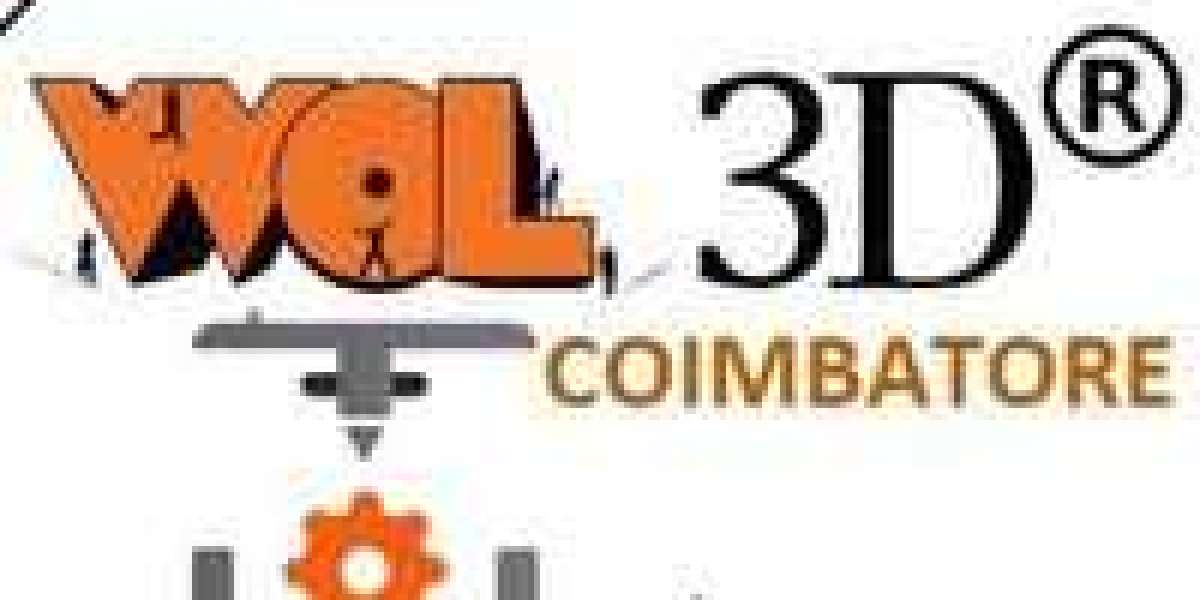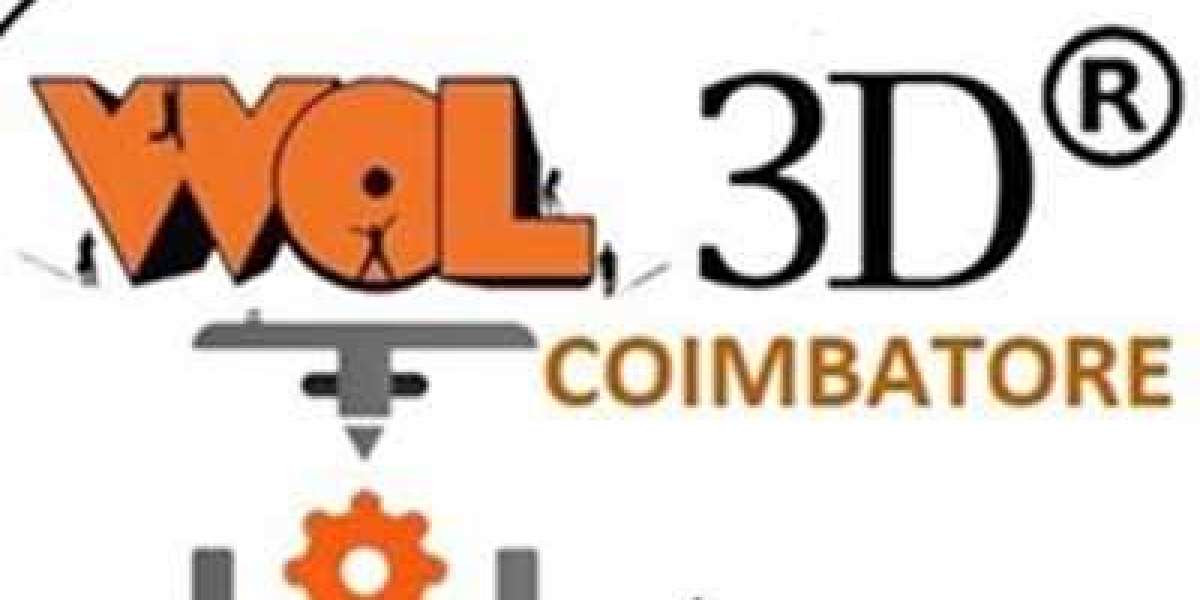The Internet of Things (IoT) has revolutionized various industries by enabling seamless connectivity and data exchange between devices.
The Internet of Things (IoT) has revolutionized various industries by enabling seamless connectivity and data exchange between devices. Central to this transformation is the IoT sensor market, which plays a critical role in gathering and transmitting data for diverse applications. As of 2023, the IoT sensor market is valued at approximately USD 14.84 billion and is projected to experience significant growth. This blog post delves into the IoT sensor market overview, size, trends, segmentation, market share, growth, analysis, forecast, and competitive landscape.
IoT Sensor Market Overview
IoT sensors are pivotal components in the IoT ecosystem, capturing real-time data from the physical world and transmitting it to connected systems for analysis and action. These sensors are utilized across various sectors, including manufacturing, healthcare, automotive, smart cities, and agriculture. By providing critical data insights, IoT sensors enhance operational efficiency, improve decision-making, and enable automation.
The IoT sensor market is driven by advancements in sensor technology, increasing adoption of IoT solutions, and growing demand for data-driven insights across industries. The proliferation of smart devices and the rise of connected infrastructure further contribute to the market's expansion.
IoT Sensor Market Size
In 2023, the IoT sensor market was valued at approximately USD 14.84 billion. This substantial market size reflects the widespread adoption of IoT technologies and the increasing deployment of sensors in various applications. As industries continue to embrace digital transformation and smart technologies, the demand for IoT sensors is expected to rise significantly.
IoT Sensor Market Trends
Rising Adoption of Smart Devices: The proliferation of smart devices, including wearables, home automation systems, and industrial sensors, is driving the demand for IoT sensors.
Advancements in Sensor Technology: Innovations in sensor technology, such as miniaturization, increased accuracy, and enhanced connectivity, are expanding the capabilities and applications of IoT sensors.
Growth of Smart Cities: The development of smart cities is a significant trend, with IoT sensors playing a crucial role in infrastructure management, traffic monitoring, and environmental monitoring.
Increased Focus on Data Security: As IoT sensors generate vast amounts of data, there is a growing emphasis on securing this data to protect against cyber threats and ensure privacy.
Integration with AI and Machine Learning: The integration of IoT sensors with artificial intelligence (AI) and machine learning (ML) technologies is enhancing data analysis and predictive capabilities.
IoT Sensor Market Segmentation
Type:
Temperature
Flow
Pressure
Others
Application:
Industrial
Automotive
Building Automation
Healthcare
Security
Retail and Logistics
Agriculture
Others
Regions:
North America
Europe
Asia Pacific
Latin America
Middle East Africa
Get a Free Sample Report with Table of Contents
IoT Sensor Market Growth
Technological Advancements: Innovations in sensor technology, including increased accuracy and miniaturization, are driving market expansion.
Growing Demand for Smart Devices: The widespread adoption of smart devices and connected infrastructure is increasing the need for IoT sensors.
Emergence of Smart Cities: Investments in smart city projects and infrastructure are boosting the demand for IoT sensors for various applications.
Integration with AI and ML: The combination of IoT sensors with artificial intelligence and machine learning is enhancing data analysis and predictive capabilities.
Focus on Data Security: Increasing emphasis on securing data generated by IoT sensors is driving market growth, as organizations seek advanced security solutions.
IoT Sensor Market Analysis
Market Drivers: Key drivers include technological advancements, rising adoption of smart devices, smart city development, and integration with AI and ML technologies.
Market Challenges: Challenges include data security concerns, high implementation costs, and interoperability issues among different sensor technologies.
Opportunities: Opportunities for growth include expanding applications in emerging industries, advancements in sensor technology, and increasing investments in smart infrastructure.
Competitive Landscape: The market is competitive, with major players and emerging companies focusing on innovation, product development, and strategic partnerships to enhance their market position.
IoT Sensor Market Forecast
The IoT sensor market is expected to reach a value of approximately USD 113.01 billion by 2032, growing at a CAGR of 25.3% from 2024 to 2032. This significant growth is driven by the increasing adoption of IoT technologies, advancements in sensor capabilities, and the expansion of smart city and industrial applications. The market's future is promising, with continued advancements in technology and rising demand across various sectors supporting its expansion.
Competitor Analysis
ABB Ltd: A global leader in electrical and automation technologies, ABB offers a range of IoT sensors for industrial and smart grid applications.
Texas Instruments Incorporated: Known for its broad portfolio of semiconductor and sensor solutions, Texas Instruments provides advanced IoT sensors for various applications.
TE Connectivity: Specializes in connectivity and sensor solutions, including IoT sensors used in automotive, industrial, and consumer applications.
Schneider Electric SE: Offers a wide range of IoT sensors and solutions for energy management and automation across industrial and residential sectors.
Omron Corporation: Provides a comprehensive range of IoT sensors and automation solutions, focusing on industrial, healthcare, and environmental applications.
Others: Includes various regional and global manufacturers contributing to the IoT sensor market with diverse products and technological innovations.
Read Full Report with Table of Contents:
FAQ
Q. What are IoT sensors?
A. IoT sensors are devices that collect and transmit data from the physical world to connected systems for analysis and action. They are used in various applications, including smart devices, industrial automation, healthcare, and smart cities.
Q. What is driving the growth of the IoT sensor market?
A. The growth of the IoT sensor market is driven by advancements in sensor technology, increasing adoption of smart devices, the development of smart cities, and the integration of IoT sensors with artificial intelligence and machine learning.
Q. What are the key trends in the IoT sensor market?
A. Key trends include the rising adoption of smart devices, advancements in sensor technology, growth of smart cities, increased focus on data security, and integration with AI and machine learning technologies.
Media Contact:
Company Name: Claight Corporation
Contact Person: Emily Jacks, Corporate Sales Specialist – U.S.A.
Email: [email protected]
Toll Free Number: +1-415-325-5166 | +44-702-402-5790
Address: 30 North Gould Street, Sheridan, WY 82801, USA
Website:www.expertmarketresearch.com








